Destination: Jackson Hole
Experience the breathtaking beauty of Grand Teton National Park by flying into Jackson – or other airports close by.
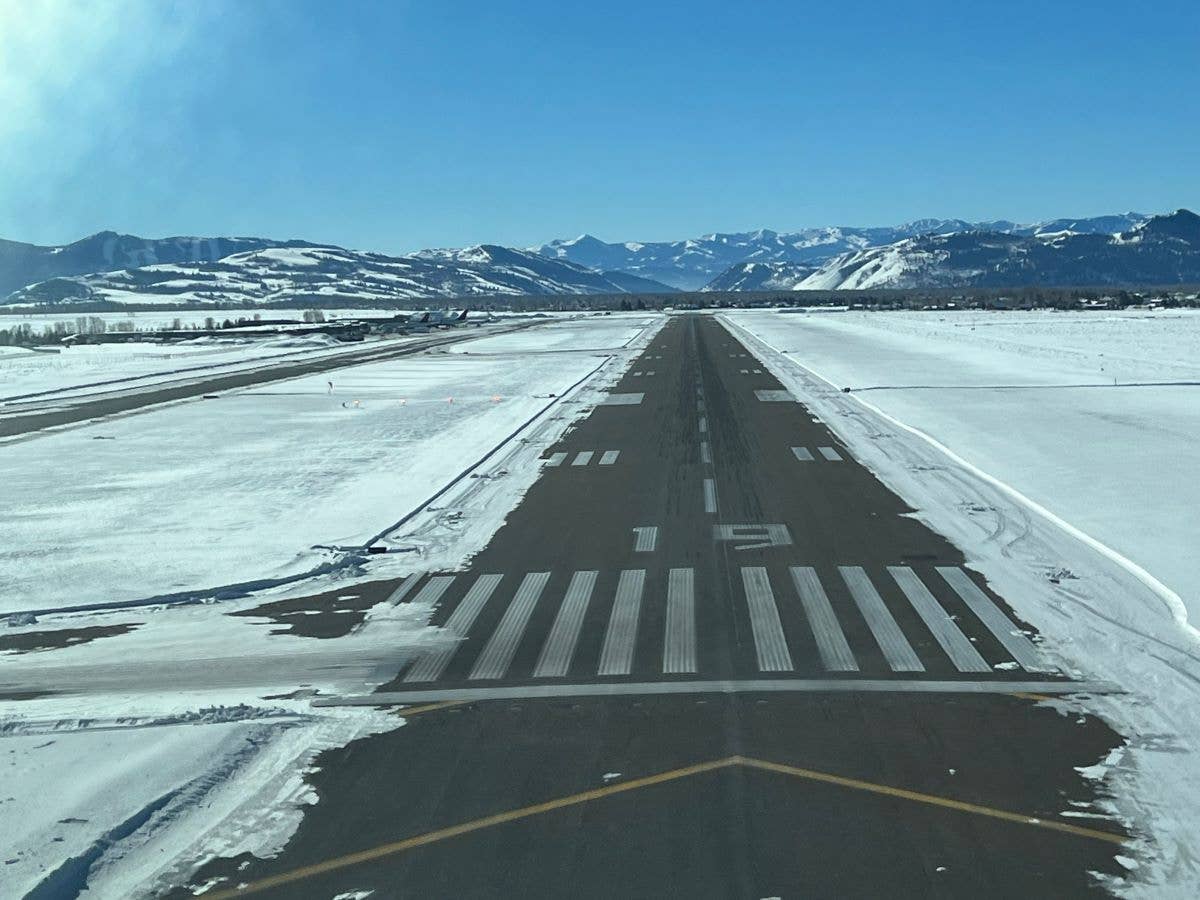
Runway 19 at Jackson Hole Airport (KJAC). [Credit: Glenn Watson]
There have been times in my life when foreshadowing preceded notable events. A flight to Jackson Hole Airport (KJAC) in 2004 was one of those times. I'm a lover of the outdoors, whether I'm skiing, hiking, biking, or climbing, so Grand Teton National Park has long been on my bucket list. I decided to take a detour to visit the famous resort on my way back from EAA AirVenture in Oshkosh to Los Angeles in a Cessna 182.
I departed Fond du Lac, Wisconsin (KFLD), in the early morning, taking a quick break in Huron, South Dakota (KHON), for lunch. There were some scattered clouds over the Great Plains, so I chose to fly IFR and shoot the ILS to Runway 12. However, I was able to depart KHON VFR and stay clear of the localized thunderstorms to the west. The total flight time was nearly eight hours, so I was thankful for the extended daylight of summer.
If you're not already a subscriber, what are you waiting for? Subscribe today to get the issue as soon as it is released in either Print or Digital formats.
Subscribe NowApproaching Jackson, Wyoming, I flew through a valley near Dubois, just east of Jackson. But I had to fly at 10,500 feet to clear the lower ridges of the Gros Ventre Range. As the sun started to descend behind the Teton Range, the scattered thunderstorms sent flashes of lightning both south and north of my route, providing a spectacular pathway toward the rugged ridges. I got a taste of the area's beauty before landing on Runway 19.
I was guided to park at the local FBO at the time. From my parking spot, I had to walk along the full length of the building—on the runway side—to access its entrance. As I walked, a business jet taxied in. Revving the engines, the pilot swung the airplane around, blasting me hard enough to blow the sunglasses right off my head.
Fast forward 20 years, and the airport has undergone a massive construction project focused squarely on commercial and bizjet traffic. The thriving GA community was forced out a few years ago—and the last time I flew into KJAC was in an Embraer E175.
Things To Do
The town of Jackson, situated about 10 miles south of the airport, is a quaint place—the best of the Wild West—with a Main street straight out of a western movie. The Snow King Resort, located in Jackson properand within walking distance of several hotels, was the first ski resort to open in Wyoming in 1939. If you don’t want to ski or snowboard, you can blow by everyone on the Cowboy Coaster track, which operates year-round.
If you’re looking for more extreme skiing, Jackson Hole Mountain Resort is the place to be. It features a whopping 4,139 feet of vertical terrain with more than13 ski lifts—and more than 130 trails. This resort is located in Teton Village. While it’s just across the river from the airport, you have to drive through Jackson to get there—about a 35-minute drive. In addition to downhill skiing, there are plenty of other activities, such as cross-country skiing, ice skating, snowshoeing, paragliding, and much more.
Summer activities in the area include hiking, mountain biking, rafting, kayaking, golf, or whatever else your outdoorsy heart desires. The Snake River, which runs through the valley, provides excellent fly fishing. If you’d rather catch your fish up in the mountains, plenty of creeks offer beautiful trout in the backcountry.
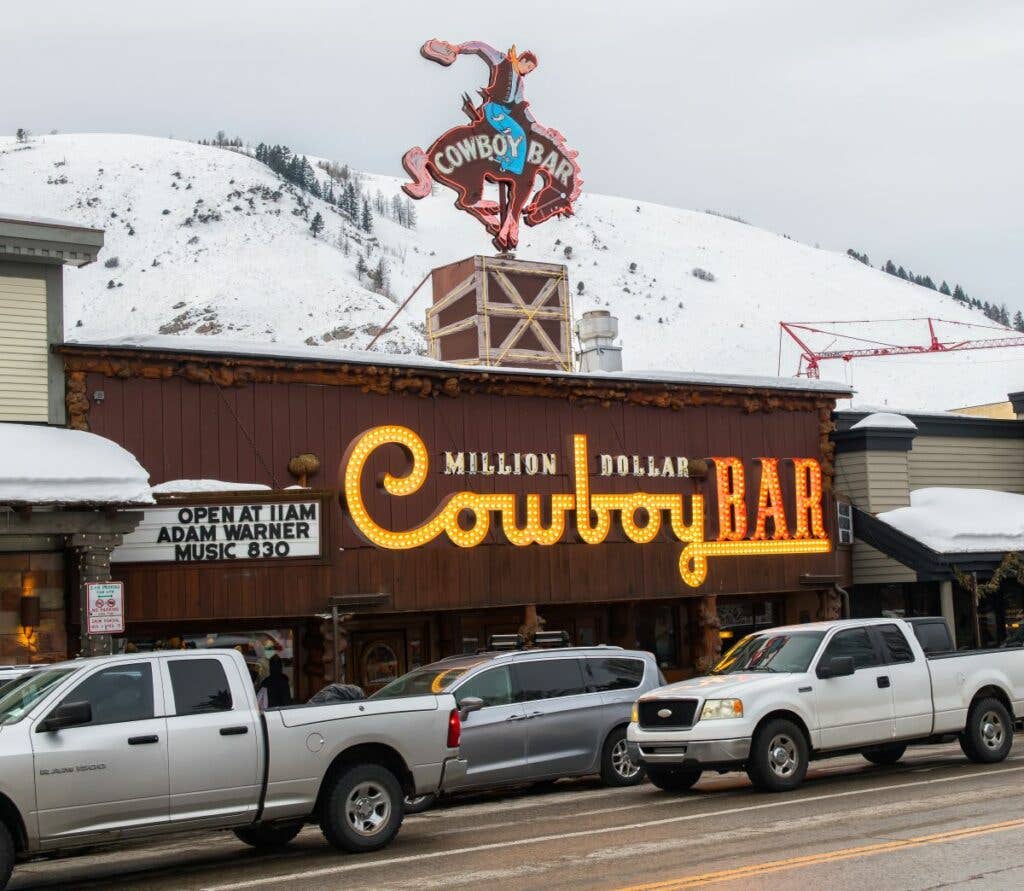
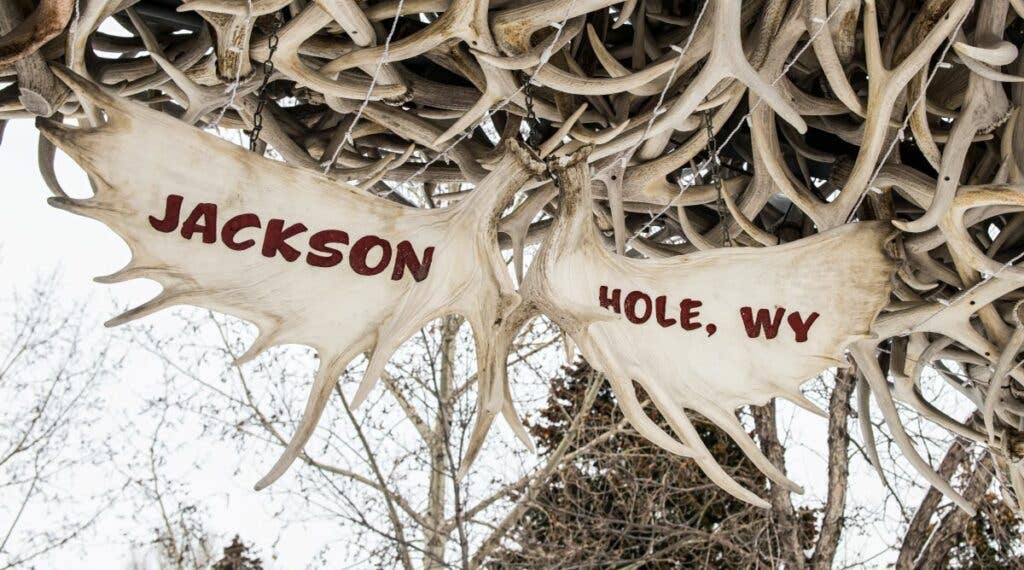
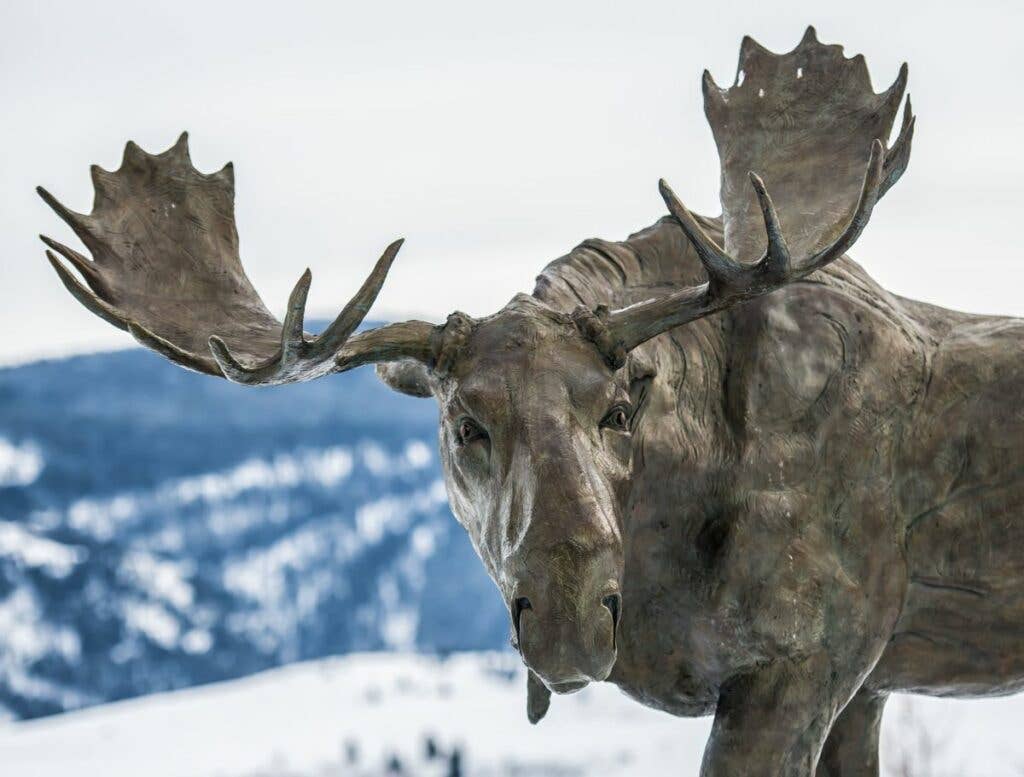
The Airport
The Jackson Hole Airport was built in the 1930s. Located within Grand Teton National Park, it is the only commercial airport in the country found within a national park, according to the airport’s website.
Commercial air traffic started as early as 1941 with a log cabin-like terminal to make it blend with the mountain vistas. Through the years, the airport has grown significantly to support the increased number of people who want to visit or live near the northern Rocky Mountains. The airport has undergone a massive construction project over the past few years. There is now a large, modern terminal with a restaurant, a convenience store, a gift shop, and a long list of car rental options. An additional restaurant is in the works. There is even a kiosk where you can rent bear spray in the summer.
As far as operational services, the airport added deicing pads with a glycol recovery system in 2012. The same year, a runway centerline lighting system was added, providing additional situational awareness for pilots. A paved safety area was also added at the departure end of Runway 19. In the summer of 2022, the runway was closed for about two and a half months for a complete reconstruction.
The new airport terminal has kept some of the western charm, with mostly wood construction and a large archway entirely made from elk antlers. The elk shed their antlers each spring, so there are plenty to go around, and similar antler arches are found in Jackson’s Town Square. Although the area gets a significant amount of snow in the winter, the airport is open year-round from 7 a.m. to 9:30 p.m. While not mandatory, pilots are asked only to take off or land for emergency purposes during the voluntary curfew from 9:30 p.m. to 7 a.m.
Sadly, airport improvements have been focused on jet traffic. Light GA aircraft owners, some of whom had hangars at KJAC for years, were forced out. One of them was Greg Herrick, Jackson resident and avid aviator, who had a T-hangar there from 1995 until March 2017.
“They kicked all the GA people out basically,” Herrick said. The hangar he used was leased by the FBO but owned by the airport. The airport authority called him one day to say that the T-hangars were being torn down and replaced by jet hangars. “And they said, ‘We don’t care where you go, but you can’t stay here.’” They offered Herrick a space at the back of the new large hangar once it was built, but he didn’t want his Aviat Husky hidden behind a bunch of jets.
Getting There
Flying into KJAC directly from the west is futile because of the towering Tetons, the peaks of which reach nearly 14,000 feet. Essentially, the granite faces climb up to 7,000 feet straight up from the valley floor less than 10 nm from the airport. You’re best off approaching from the north or south through “the hole”—the valley that inspired the name Jackson Hole, along with a trapper named David “Davey” Jackson who explored the area in the late 1820s. You can enter “The Hole” by scooting through scenic State Highway 22, where the Teton pass sits at nearly 8,500 feet. North of the highest peaks of the Teton Range, the terrain lies between 8,000 and 10,000 feet, and there are some lakes you can follow including Jackson Lake, which is about 12 miles north of the airport and is a good landmark for lining up with Runway 19, which the winds and terrain generally favor.
There are several noise abatement procedures on the KJAC website that pilots should review. Pilots flying VFR are requested not to overfly Grand Teton National Park and flight is prohibited below 3,000 feet agl above the park. Pilots are also encouraged to fly east of the Snake River and Highway 89. Hence, you would fly a left downwind for Runway 19 and a right downwind for Runway 1. For VFR departures on 19, a 45-degree left turn is recommended and for 1, a right turn as soon as practical to avoid the national park and residential areas.
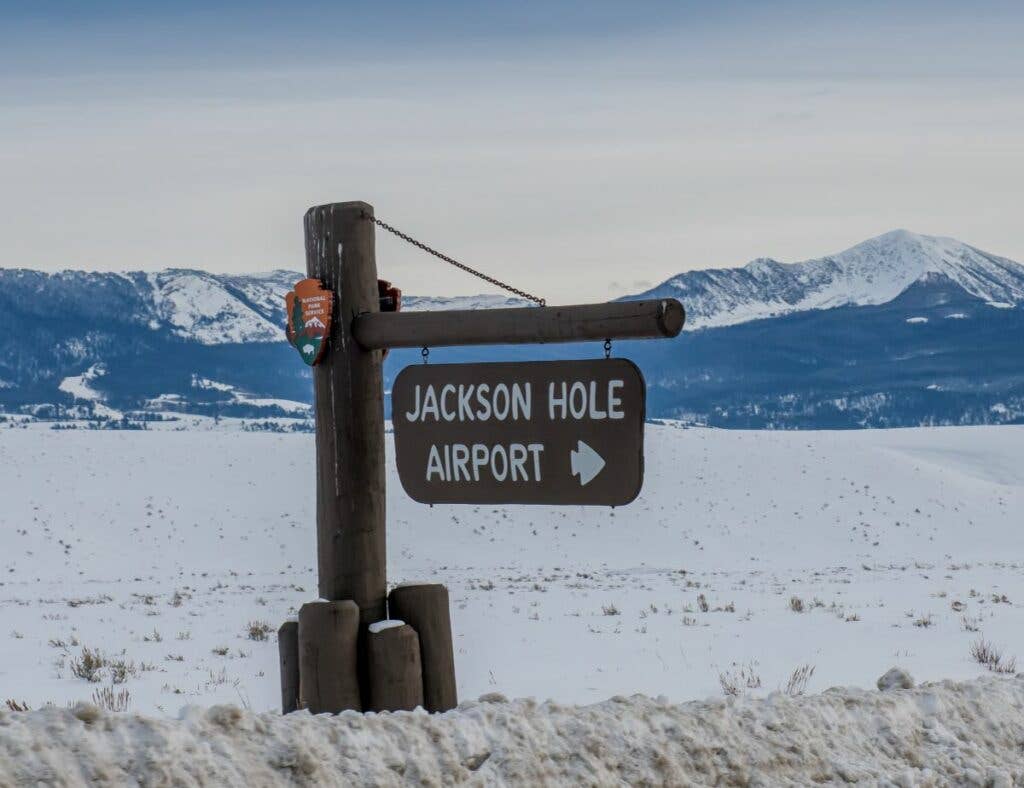
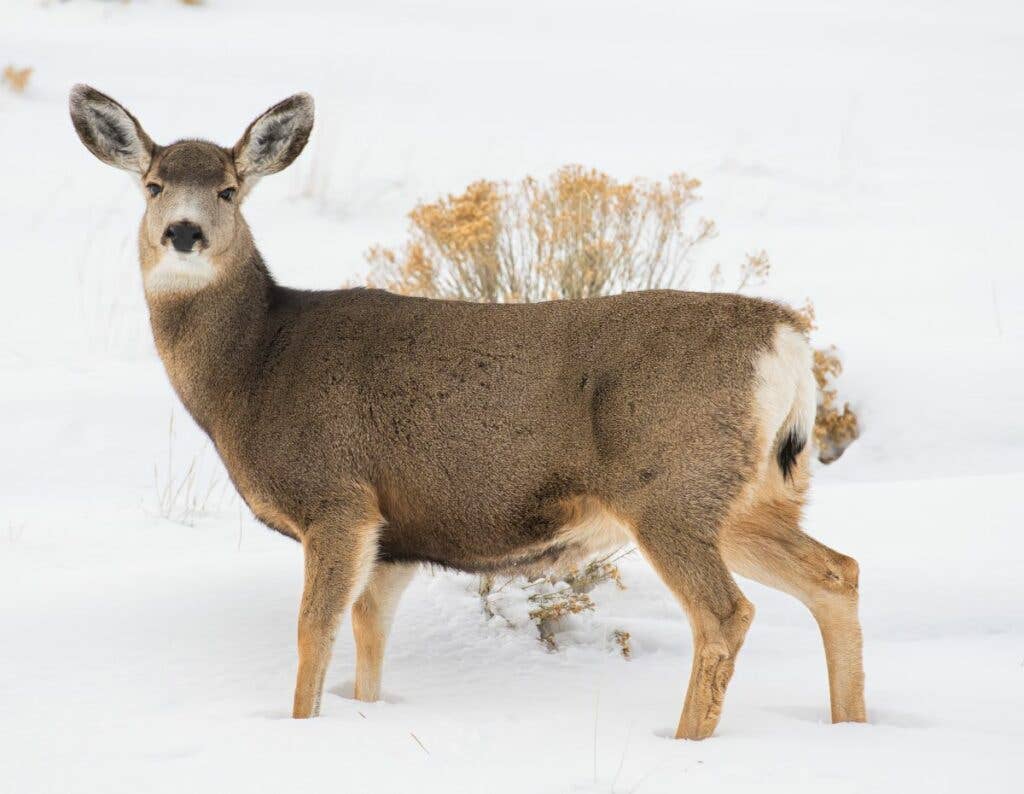
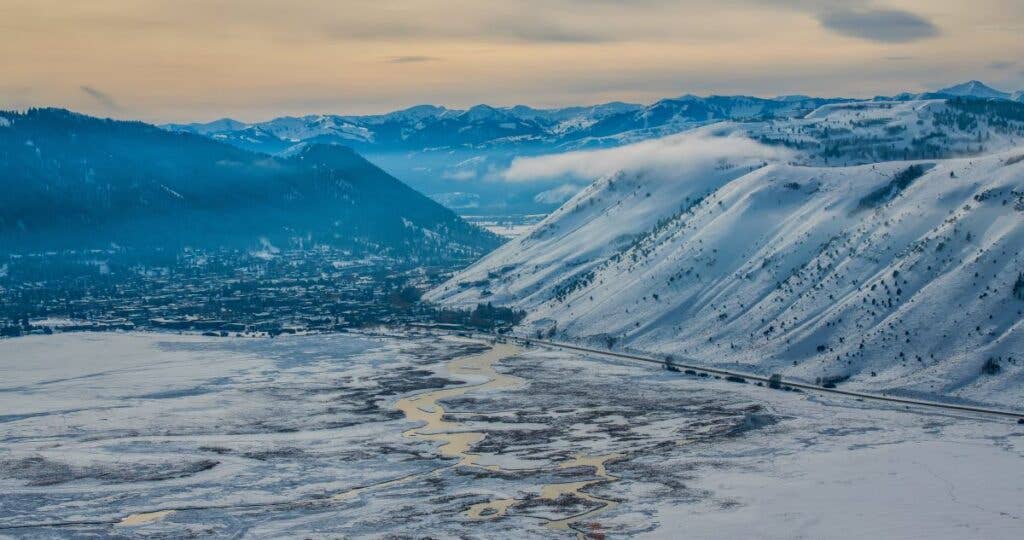
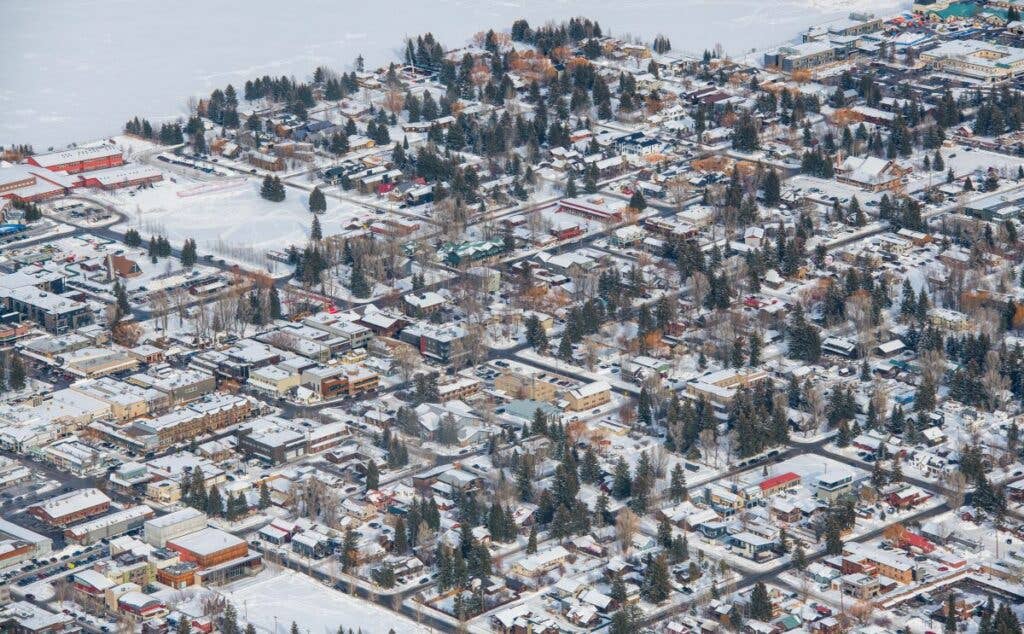
For airplanes coming in IFR, the preferred arrival is via the Dunoir (DNW) VOR, from which a pilot can initiate several approaches over a lower-elevation valley. Because of the airport's special conditions, the regional airline I fly for publishes a complete briefing guide that needs to be reviewed before flying in there.
At 6,300 feet, the runway is quite short for some jets flying in. Slippery runway conditions in the winter and density altitude in the summer can significantly extend takeoff and landing distances and affect climb performance. Thorough preflight planning and performance calculations are crucial, and it’s worth triple-checking weight and balance, winds, pressure, and runway conditions.
With winds coming predominantly from the west, the Grand Tetons can produce dramatic rotors that lead to challenges on the approach. Crosswinds, moderate to severe turbulence, and wind shear are not unusual. When flying in the mountains, always plan to bring enough fuel for a suitable diversion.
While many of the GA residents have been forced out, you can fly in and park at the Jackson Hole Aviation FBO as a visitor. There is a handling fee of $20 and a $15 overnight fee for light GA aircraft. Check with the FBO for additional fees depending on your type. There are limited parking spaces at Jackson Hole Aviation, so it’s recommended to call early to book a spot. Because of the lack of space, the website recommends dropping passengers off and departing the airport, which for me conjures up the jet blowing my glasses off in 2004. So, unless you choose to fly in on a commercial airline, you might want to find other options—and, whether you’re flying a bizjet or a piston airplane, there are some good ones nearby—and we give you a few of them below.
Alternate Grand Teton National Park Airports
There are some terrific alternate airports to Jackson Hole, should you need one, and you might want to choose one of them as your gateway to the Tetons.
For Herrick and his friends who left KJAC, “The GA airport of choice is Driggs and that’s turning into a great place.” The Driggs-Reed Memorial Airport (KDIJ) in Idaho is located only 18 nm west of KJAC. Driggs is a GA heaven with a campground next to the 7,300-foot runway, courtesy of the Recreational Aviation Foundation (RAF). The airport elevation is 6,300 feet msl and is nontowered; it offers full services and is open year-round, however. “Usually after big storms we have the runway and taxiway open in a few hours,” said Don Moseley, chairman of the Driggs-Reed Airport Board. “We do have flights usually every day in the winter.”
From Driggs, you can access the town of Jackson, about a 50-minute drive on Highway 22. But if your goal is to get out in the wilderness, there are lots of spectacular places to explore nearby.
If you’re flying a jet airplane and need a longer runway at lower elevation, your best bet is Idaho Falls, Idaho (KIDA). At a straight-line distance of 58 nm from KJAC, KIDA sits at 4,744 feet msl. It’s located west of the mountain range, and serves as a terrific alternate to Jackson when the weather gets intense. There are two runways,with the longest one being just over 9,000 feet.
Alpine, Wyoming, located a straight distance of 29 nm from Jackson Hole Airport, is another great option, particularly if you’re looking for a more permanent place for yourself and your airplane. The airport is a fly-in community with a 5,637-foot runway and beautiful hangar homes.
If you want to add a visit to the Aviat Aircraft factory in Afton,Wyoming, to your adventure, this airport is only 55 nm south of KJAC and a one-hour, 25-minute drive from Jackson. The airport offers a 7,025-foot runway and full services. Call ahead to arrange any visit with Aviat directly.
This article was originally published in the February 2023 Issue 934 of FLYING.

Sign-up for newsletters & special offers!
Get the latest FLYING stories & special offers delivered directly to your inbox







